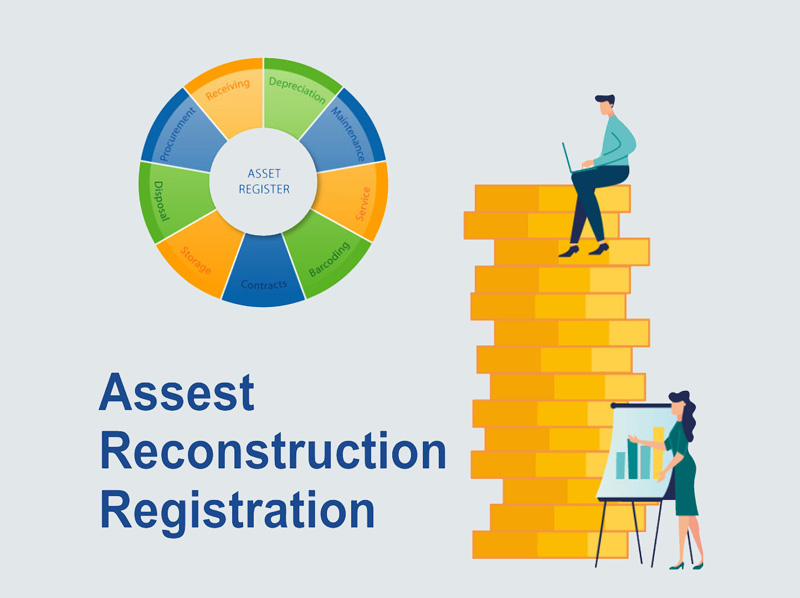John Doe
Managing DirectorFaucibus, faucibus beatae cubilia dis egestas eveniet condimentum


Business Process Reengineering involves a significant overhaul of business processes with the aim of achieving substantial enhancements in productivity, cycle times, quality, and both employee and customer satisfaction. Organizations begin by evaluating the necessary tasks for delivering value to customers.
Methods like process mining, which involves analyzing event logs from information systems, can be employed to identify, monitor, and enhance these processes. Subsequently, organizations determine the most effective approach for carrying out these tasks, or even whether they should be performed at all. Reevaluating the roles of third parties and considering outsourcing is also a pivotal aspect of Business Process Reengineering
1. Shifting the core values of the company to prioritize customer requirements and removing non-essential tasks.
2. Streamlining and standardizing intricate processes while automating repetitive tasks
3. Leveraging contemporary systems and data to support operations
4. Optimizing work placement for maximum efficiency and effectiveness
5. Restructuring the business through cross-functional teams with full process ownership
6. Reevaluating fundamental organizational and personnel-related aspects Identifying suitable functions for third-party collaborators or outsourced services, with a focus on areas where they genuinely contribute value.


Business Process Reengineering is employed by companies to enhance the effectiveness of critical processes that impact customers through the following means:
1. Enhancing cost-efficiency and speeding up cycle times by eliminating non-value-adding tasks and optimizing work placement for maximum efficiency.
2. Restructuring into cross-functional teams to reduce the requirement for multiple management layers, expedite the flow of information, and eliminate errors and rework caused by numerous handoffs.
3. Elevating quality standards by standardizing and automating tasks to minimize errors, allowing workers to focus on higher-value responsibilities. This approach also reduces work fragmentation and establishes clear process ownership.”